The food people bring when life gets hard allows you to grieve and rest without the pressure of keeping up. Back in the day, certain dishes always showed up at funerals—hearty, familiar meals that said what words couldn’t. These days, a lot of them have slipped out of tradition.
Antipasto Skewer
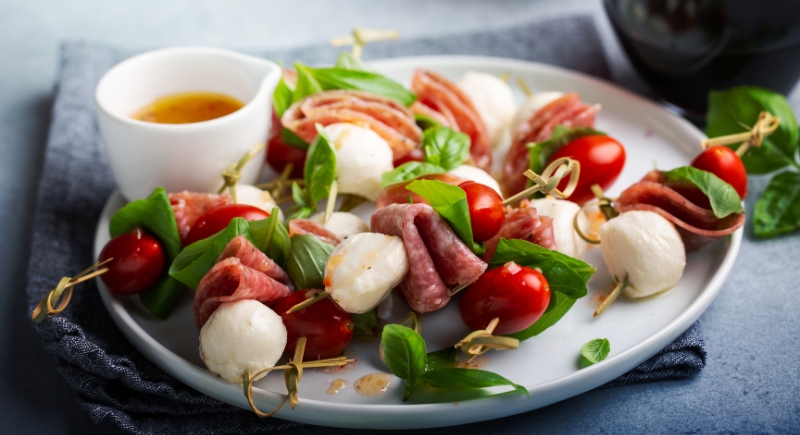
Credit: Canva
Though more common at weddings today, antipasto skewers once appeared at post-funeral gatherings in Italian-American communities. Made with salami, mozzarella, olives, and pickled vegetables, they offered comforting, shareable bites. Their simplicity and bold flavor made them practical during mourning, though the tradition has faded from most modern memorial meals.
Chicken Croquettes
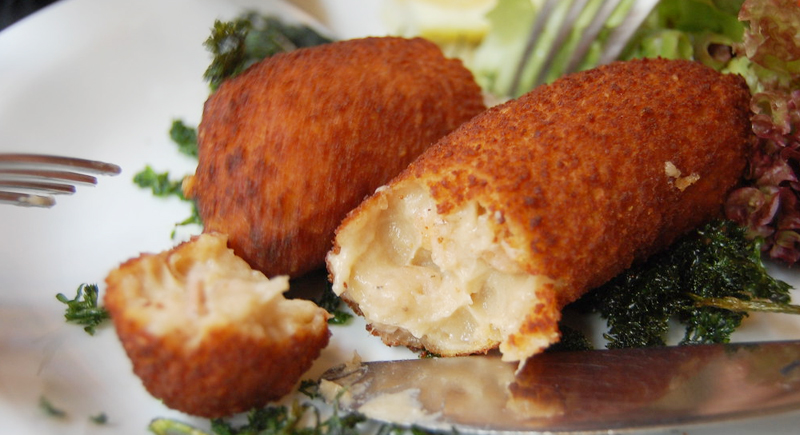
Credit: flickr
After originating in France, chicken croquettes became a staple in American households during the 1940s and 1950s. These breaded and fried patties, made from minced chicken and a creamy béchamel sauce, were a clever way to repurpose leftovers.
Corn and Oyster Stew

Credit: Getty Images
Corn and oyster stew was a cherished dish in coastal communities that brought out the sweetness of corn and the briny flavor of oysters. It was often served during the colder months and provided warmth to grieving families.
Stuffed Breast of Veal

Credit: Getty Images
Stuffed breast of veal, a centerpiece in many Jewish and Italian-American households, involves filling a veal pocket with a mixture of breadcrumbs, herbs, and sometimes spinach or rice. It was usually slow-roasted to perfection.
Rabbit in White Wine Sauce
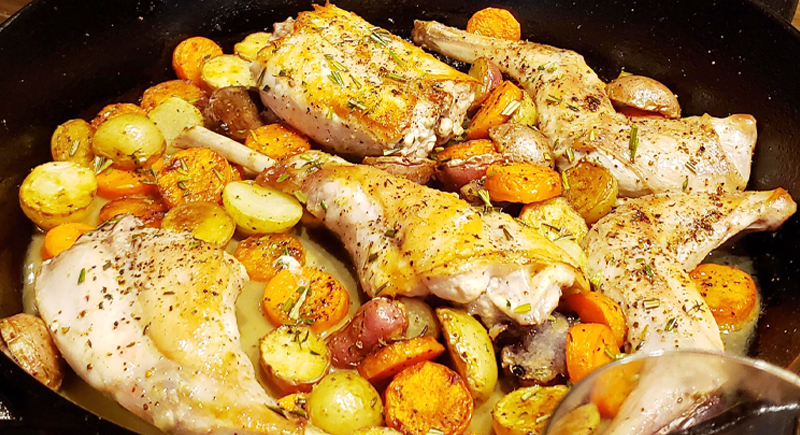
Credit: Reddit
Once a common dish in rural areas, rabbit braised in white wine sauce offered a tender and flavorful meal. The combination of aromatic herbs and the delicate meat made it a special dish for solemn occasions. Its preparation required patience and reflected the care given during times of loss.
Braised Oxtail Roast
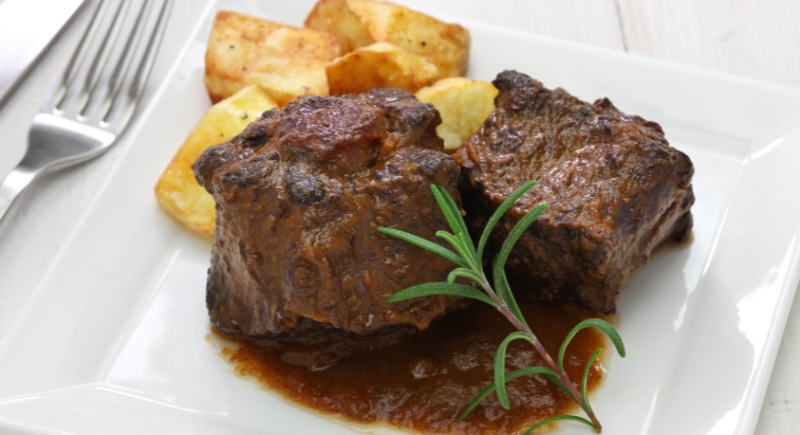
Credit: Getty Images
Oxtail, known for its rich flavor and gelatinous texture, was traditionally slow-cooked with vegetables and herbs. This hearty dish provided sustenance and comfort, especially in African-American communities where it held cultural significance.
Swiss Steak

Credit: Instagram
Despite its name, Swiss steak is actually an American creation involving tenderized beef simmered in a tomato-based sauce. It was popularized in the mid-20th century and was a go-to dish for feeding large groups.
Scalloped Chicken Casserole
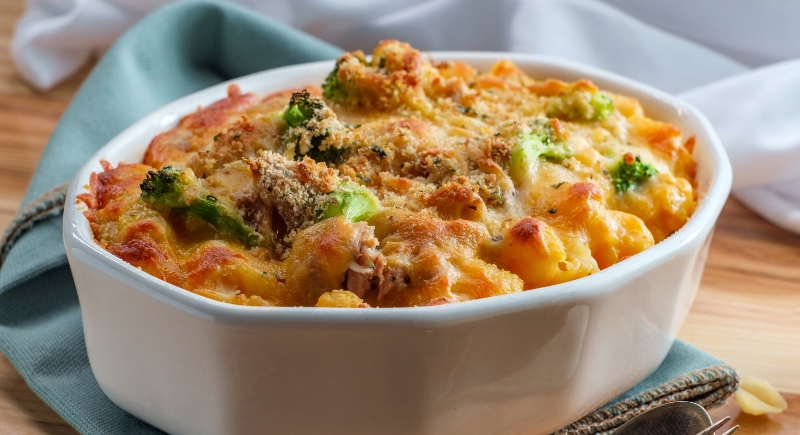
Credit: Getty Images
Scalloped chicken casserole combined layers of chicken, bread, and a creamy sauce. Its ease of preparation and ability to serve many made it a hit.
Gospel Goulash

Credit: Getty Images
Gospel goulash–a variation of the traditional Hungarian dish–was often served at church gatherings and funerals. It was made with ground beef, tomatoes, and pasta, so it was considered both economical and satisfying.
Sauerkraut Casserole
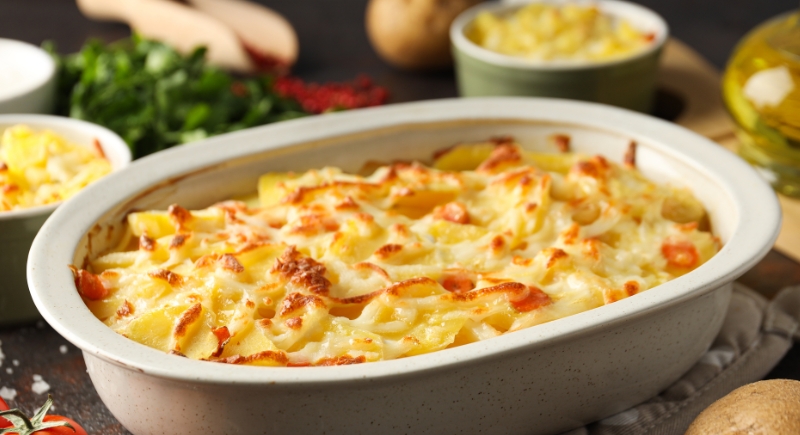
Credit: Canva
This dish had the tang of sauerkraut and the richness of ground meat and noodles. It was often found in Midwestern funeral spreads and was rooted in the German heritage of many communities.
Ham Delights

Credit: Instagram
Also known as funeral sandwiches, ham delights consist of ham and cheese baked inside soft rolls with a buttery glaze. Despite their popularity, they have become less common in modern times.
Revival Raisin Salad

Credit: Getty Images
This salad, with grated carrots, raisins, and a sweet dressing, was a common side dish at Southern funerals. Its bright flavors provided a contrast to heavier dishes and offered a touch of sweetness during somber occasions.
Holy Honey Pecan Chicken
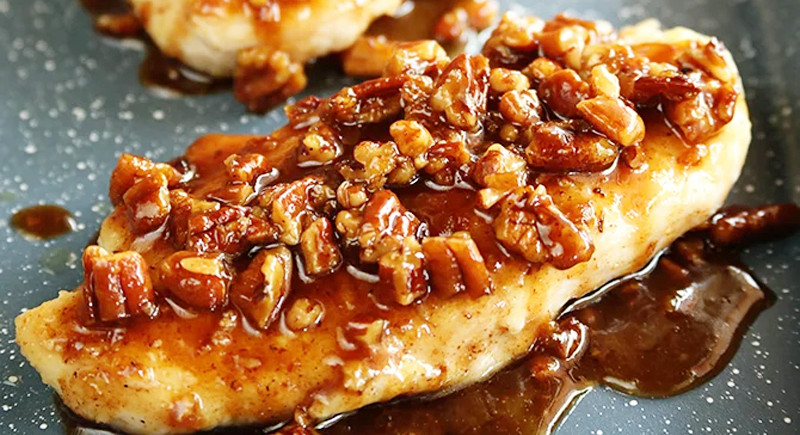
Credit: Facebook
This dish features chicken breasts glazed with honey and topped with toasted pecans. It was a symbol of the sweetness of memories shared. Over time, it has become a rare find on modern tables.
Heavenly Hog Jowl Beans

Credit: Facebook
As a Southern classic, this dish combines beans with smoked hog jowl for a rich and flavorful stew. Though traditionally served on New Year's Day for good luck, it also found its place in funeral meals.
Jubilee Jambalaya Casserole
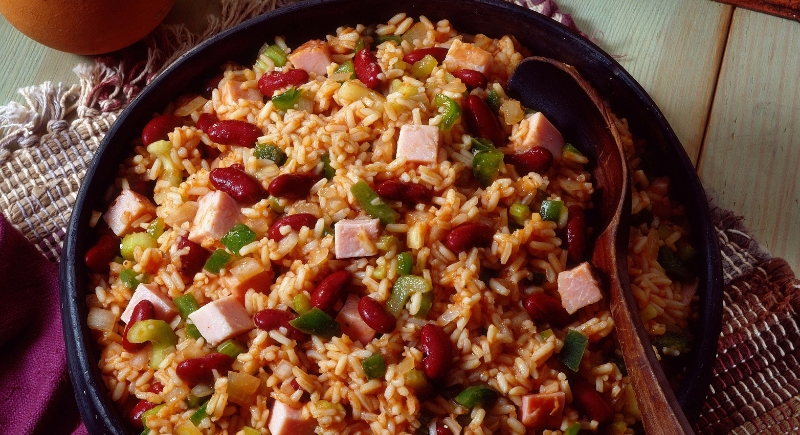
Credit: Canva
This casserole was a baked version of the classic Creole dish that had rice, sausage, and spices. It had the ability to feed a crowd, including funerals. The dish's vibrant flavors served as a celebration of life amidst mourning.





